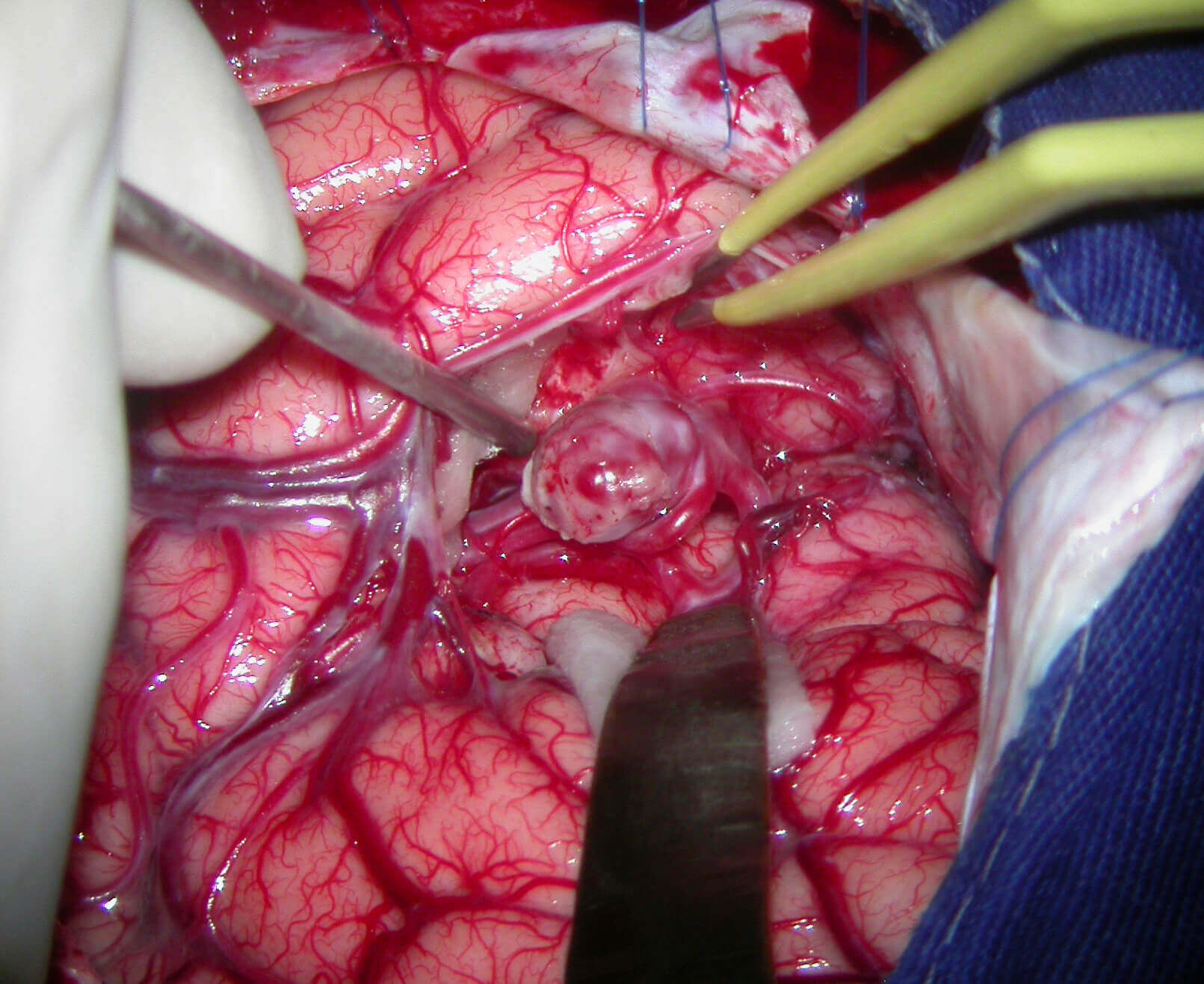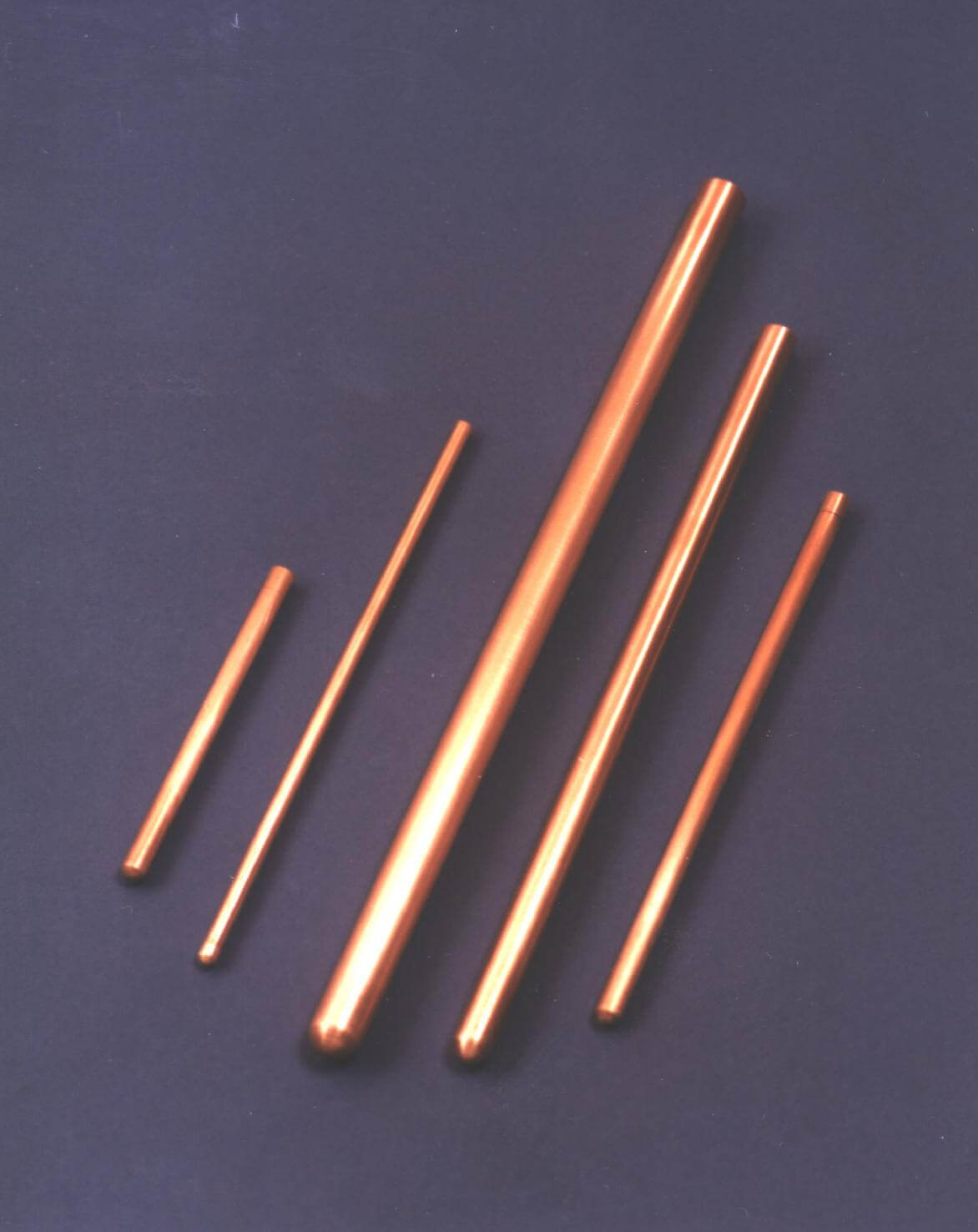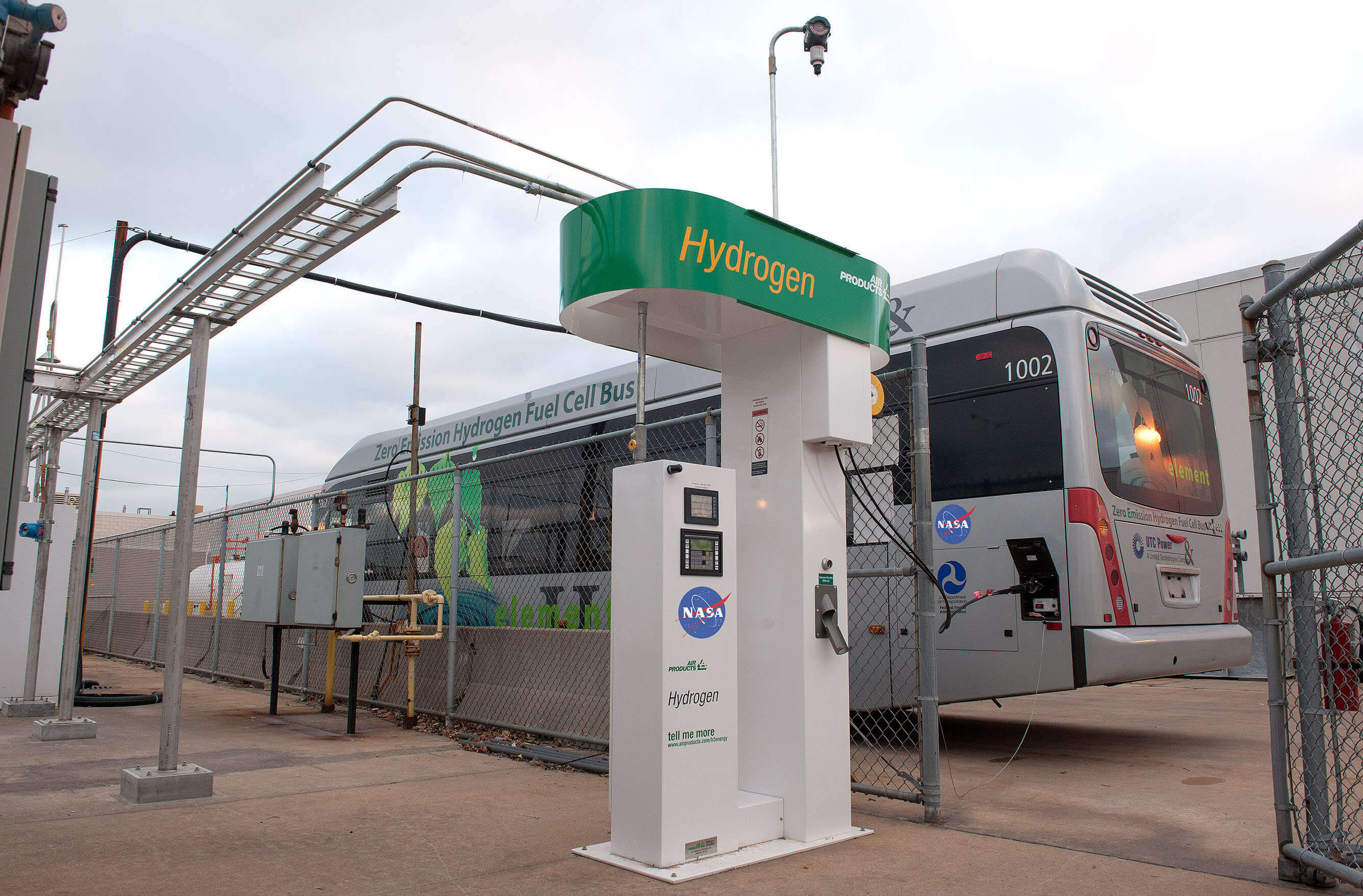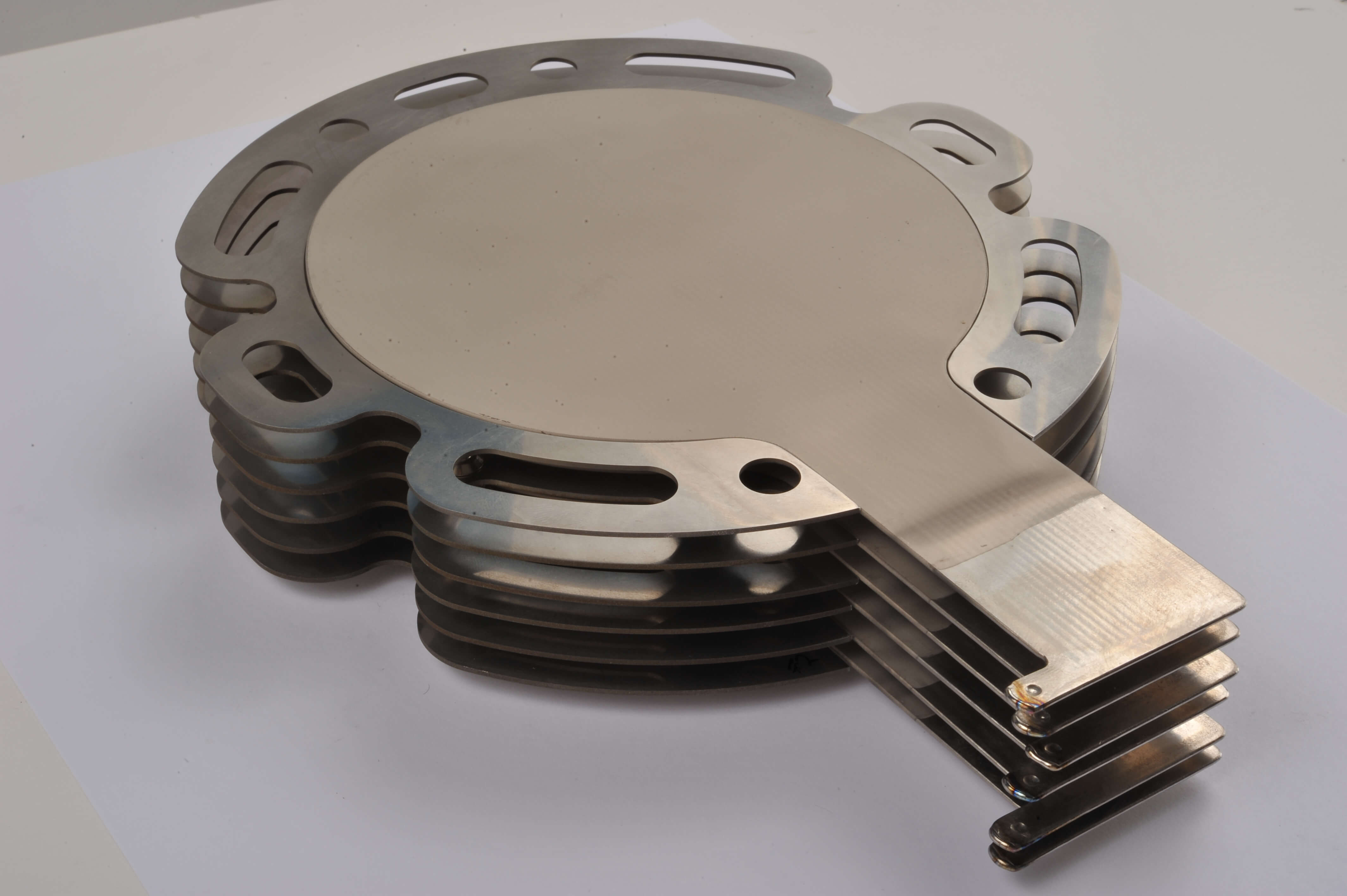



Over the course of more than 40 small business contracts beginning the 1980s, NASA helped one company advance the technology of heat pipes, a tool used to move heat so it can dissipate safely. The NASA-improved heat pipes have been adapted to medical uses, including in bipolar forceps used in brain surgery. They give surgeons greater control, leading to faster, safer surgery and quicker recovery times.
NASA has been interested in heat pipes since the early days of spaceflight, when it found that the stark temperature differences between the sun-facing and non-sun-facing sides of a nonrotating satellite could cause failures in the spacecraft’s electronics. More recently, the agency has developed ways to passively cool fuel cells, which produce electricity from reactants like oxygen or hydrogen. Working with industry, the agency has built a very strong, lightweight heat pipe out of titanium that’s just one millimeter thick: an award-winning technology called ultra-thin vapor chambers.
Learn more about how NASA helped develop technology that impacts safer brain surgery within your city's medical environment!